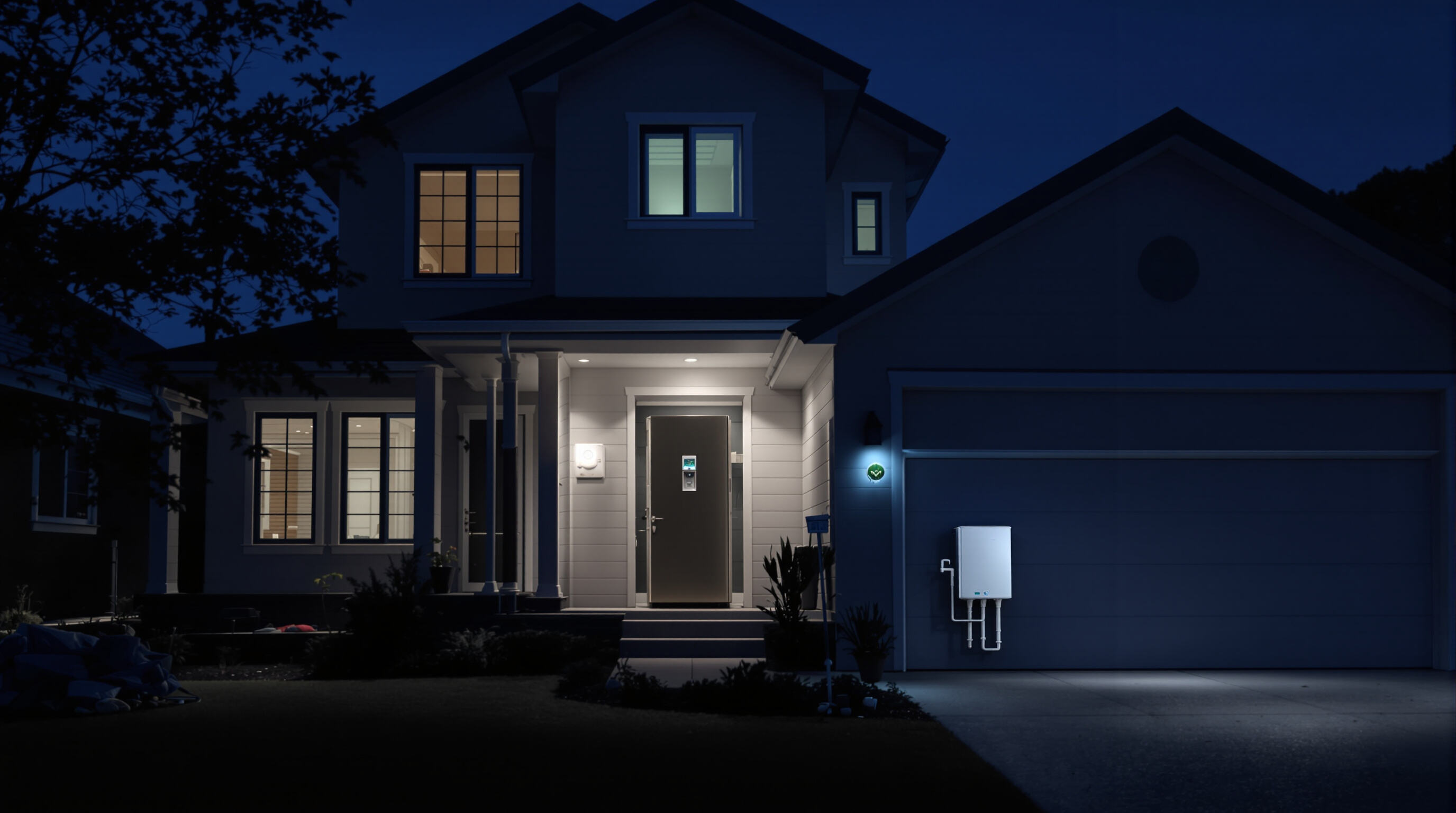In today’s fast-paced world, access to reliable energy has become as critical as access to water or communication. For industries, commercial establishments, and households, power outages can cause operational delays, financial losses, and even safety risks. To address these challenges, backup battery systems have become essential, particularly wall-mounted solutions that provide efficient, space-saving, and reliable energy storage.
A backup power wall-mounted battery system is designed to store energy, either from the grid or renewable sources like solar, and deliver it when needed most. Compact, durable, and often aesthetically designed, wall-mounted systems are increasingly replacing bulky floor units and noisy generators. This article explores the key benefits of adopting such systems for both industrial and residential applications.
One of the most significant advantages of a wall-mounted battery system is its compact and space-efficient design. Traditional battery systems require large floor areas, making them impractical for facilities where space is at a premium. Wall-mounted units, on the other hand, can be installed in utility rooms, garages, warehouses, or even outdoors, depending on their design.
By keeping the battery elevated and out of the way, businesses and homeowners can maximize usable floor space without compromising storage capacity. This is especially valuable in urban environments where every square foot matters.
The global push toward sustainability has accelerated the adoption of solar energy and other renewable sources. A wall-mounted Powerwall system integrates seamlessly with solar panels such as All Black Solar Panels or Half Cell Solar Panels, capturing and storing excess energy during the day and making it available at night or during outages.
When paired with a Hybrid Inverter, the system intelligently manages multiple power sources, switching between grid, solar, and stored energy as needed. For off-grid installations, an Off Grid Inverter ensures continuous supply by drawing exclusively from panels and batteries. This integration reduces electricity bills, lowers carbon footprints, and enhances energy independence.
Perhaps the most critical benefit of a wall-mounted battery system is its role in providing uninterrupted power during outages. In areas where grid stability is unreliable or in industries where downtime is costly, having a robust backup system is invaluable.
Unlike traditional diesel generators that are noisy, polluting, and require constant fuel, wall-mounted batteries offer a silent and eco-friendly alternative. With storage capacities ranging from smaller household units to large High Voltage Series (HV) or Low Voltage Series (LV) setups, these systems ensure that critical equipment, lighting, and operations continue without disruption.

Modern wall-mounted batteries are engineered with advanced safety protocols. They include built-in protections against:
Overcharging
Over-discharging
Short circuits
Thermal runaway
Temperature-resistant designs ensure safe operation even in harsh industrial or outdoor environments. Compared to older lead-acid solutions, lithium-based wall-mounted systems offer greater stability, longevity, and resilience.
Every household or industry has unique power requirements, which often grow over time. Wall-mounted batteries provide modular scalability, allowing users to expand their storage capacity by adding additional units.
For small households, a single unit may suffice, while industries can deploy multiple wall-mounted modules in parallel. Whether using LV batteries for smaller operations or HV batteries for large-scale industrial machinery, the flexibility of design makes wall-mounted systems suitable for diverse applications.
Though the initial investment in a wall-mounted battery system may appear significant, the long-term benefits are undeniable. By storing energy during off-peak hours (when grid electricity is cheaper) or harvesting free solar power during the day, businesses and households reduce overall electricity costs.
Additionally, modern systems boast high round-trip efficiency, meaning minimal energy is lost during storage and retrieval. Combined with the lower maintenance requirements compared to generators, wall-mounted batteries deliver excellent return on investment (ROI) over time.
Sustainability is no longer an option—it’s a necessity. Wall-mounted battery systems contribute significantly to reducing greenhouse gas emissions by minimizing dependence on fossil fuels. When paired with renewable sources, these systems enable households and industries to achieve near-zero carbon energy consumption.
Unlike diesel generators, batteries produce no noise or harmful emissions, making them environmentally friendly and ideal for use in urban, industrial, and even residential neighborhoods.
Another benefit of backup wall-mounted systems is their low maintenance. Unlike generators, which require regular fuel refilling, oil changes, and servicing, battery systems typically need only occasional inspections. With long cycle lives—often exceeding 6,000–10,000 cycles depending on the model—these systems deliver reliable performance for 10 to 15 years or more. In addition, modern technologies ensure solar panels feeding these batteries remain dust-free and efficient, indirectly reducing the strain on battery systems by maximizing input energy.
Many advanced wall-mounted batteries come with smart monitoring systems that allow users to track energy usage, battery health, and system performance in real-time through mobile apps or online dashboards.
This digital integration empowers users to optimize consumption, detect issues early, and make data-driven decisions on energy usage. For industries, this feature is particularly valuable in maintaining operational continuity and managing costs effectively.
The versatility of a wall-mounted backup battery system cannot be overstated. It serves a wide range of applications, including:
Residential Homes: Backup during outages, solar integration, reduced utility bills.
Commercial Establishments: Continuous operations in shops, offices, and hotels.
Industrial Facilities: Stable power for machinery, automation systems, and cold storage.
Remote Operations: Essential supply for off-grid mining sites, agricultural farms, or telecom towers.
Critical Infrastructure: Hospitals, data centers, and emergency shelters requiring 24/7 power availability.
This adaptability makes wall-mounted systems a universal solution for modern energy challenges.
As industries and households seek smarter, cleaner, and more reliable energy storage solutions, backup power wall-mounted battery systems are emerging as the gold standard. They combine space efficiency, safety, scalability, and cost-effectiveness with seamless integration into renewable energy systems.
Whether paired with All Black Solar Panels, Half Cell Solar Panels, or supported by advanced inverters, these systems provide the resilience and sustainability needed in today’s energy landscape. In a world where energy resilience is paramount, adopting a wall-mounted Powerwall system is more than a backup plan—it’s a proactive step toward sustainability, independence, and long-term savings.